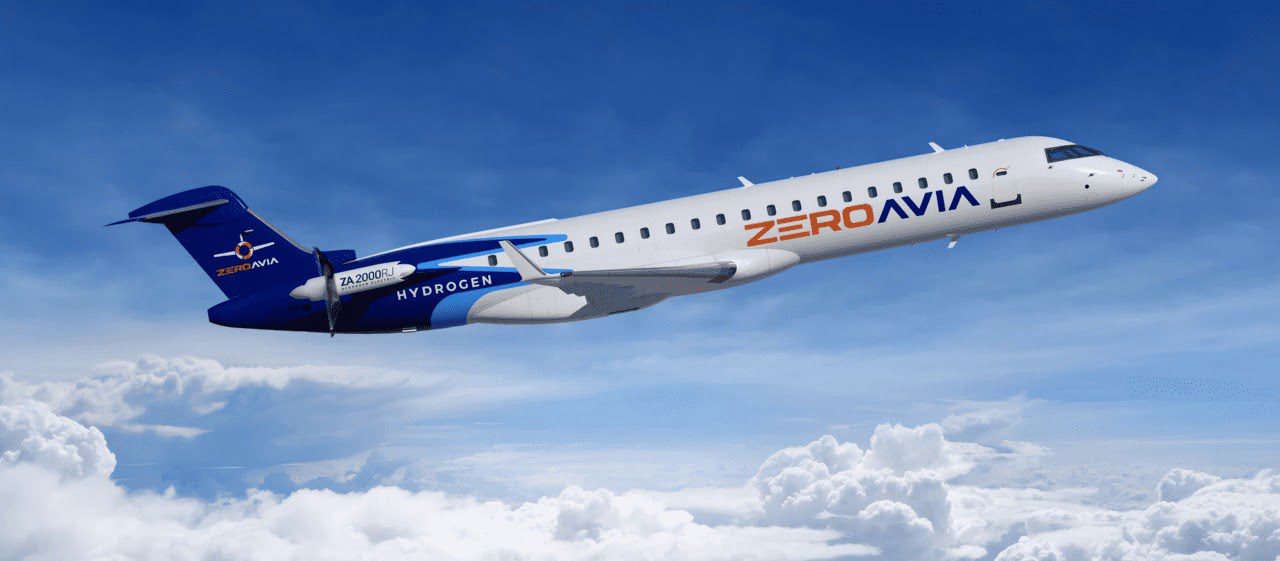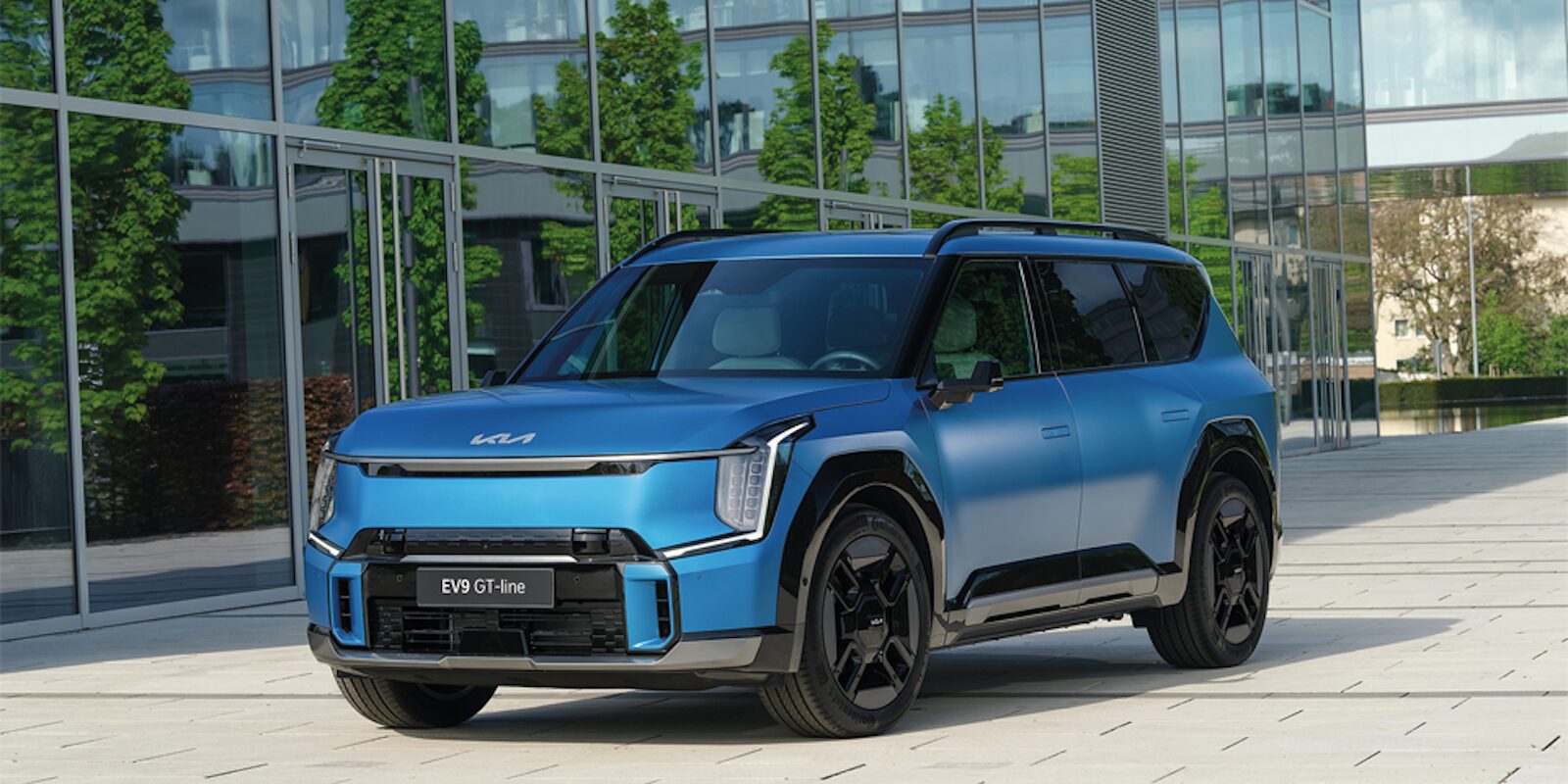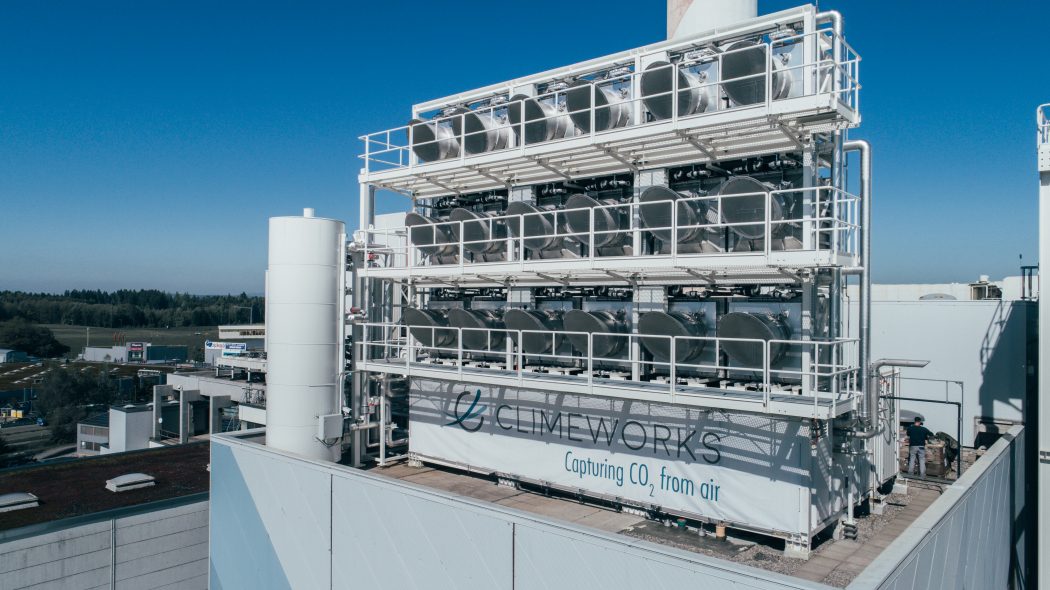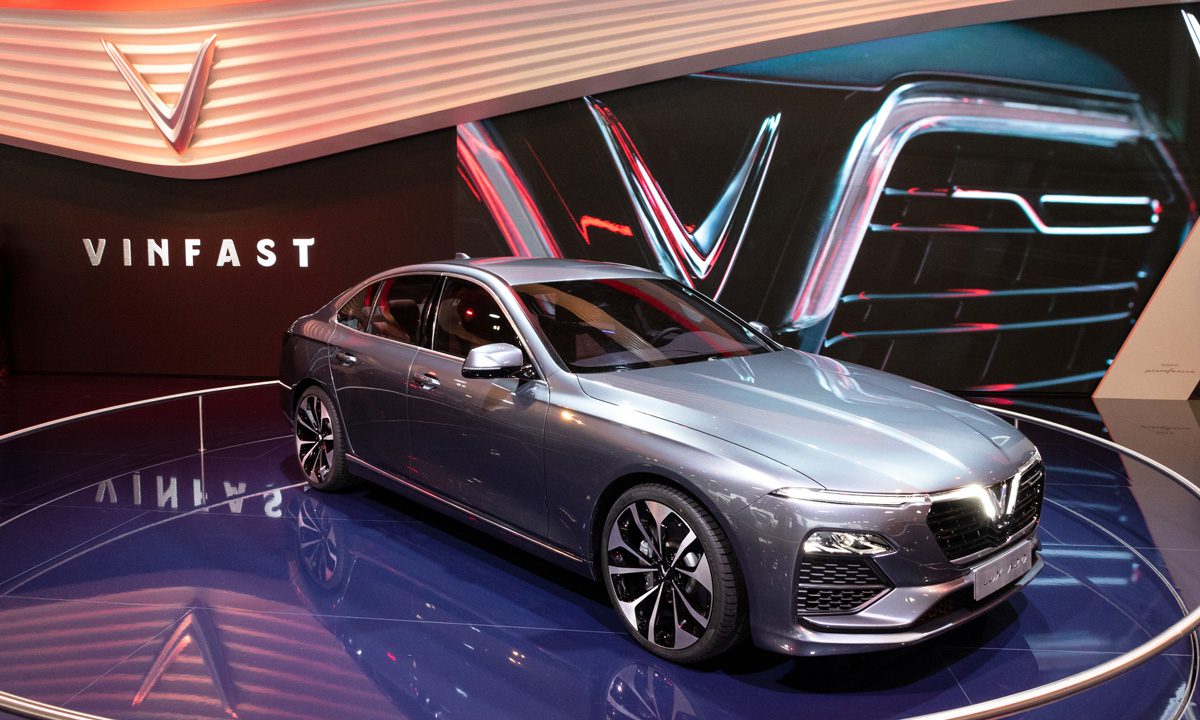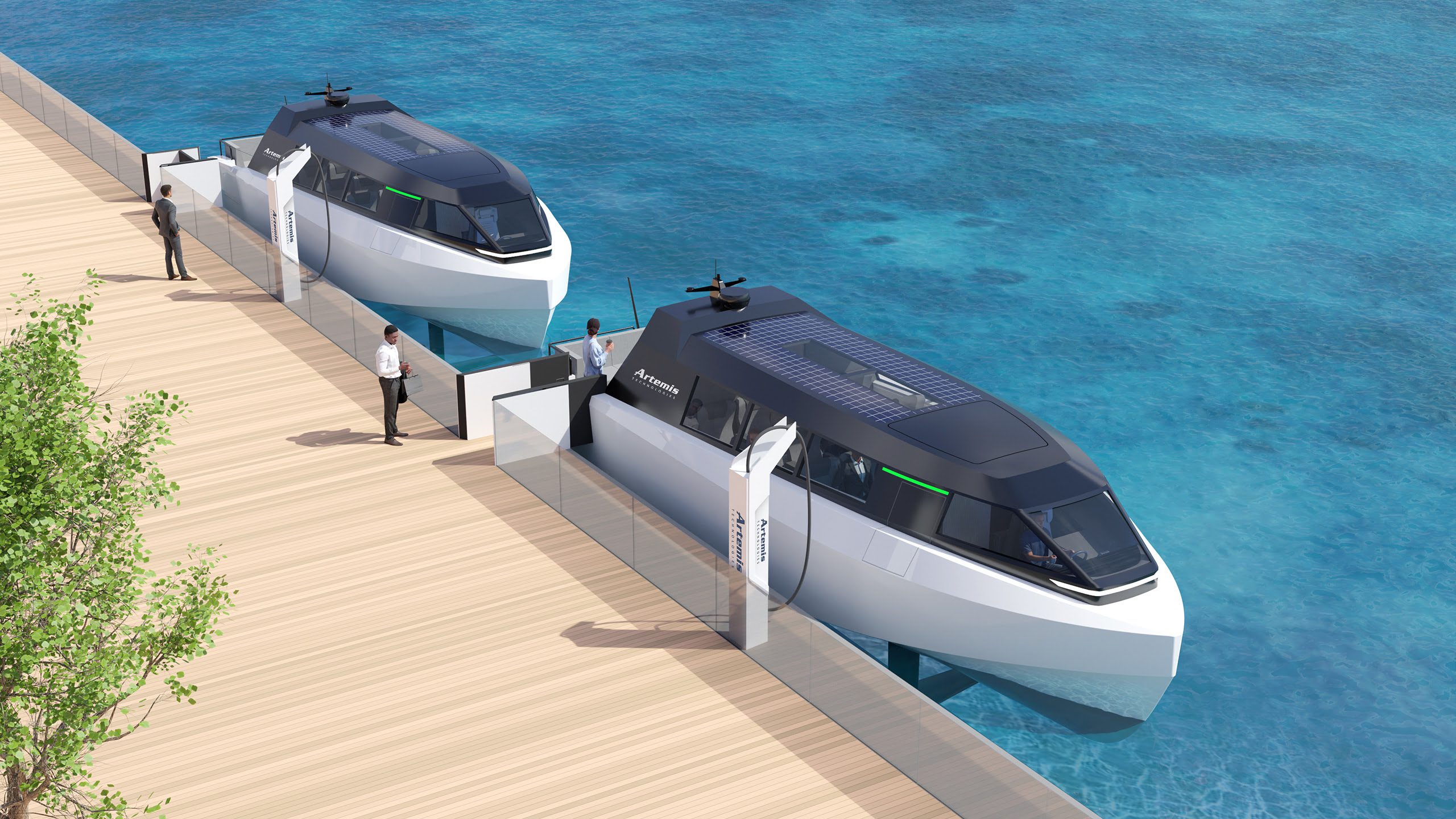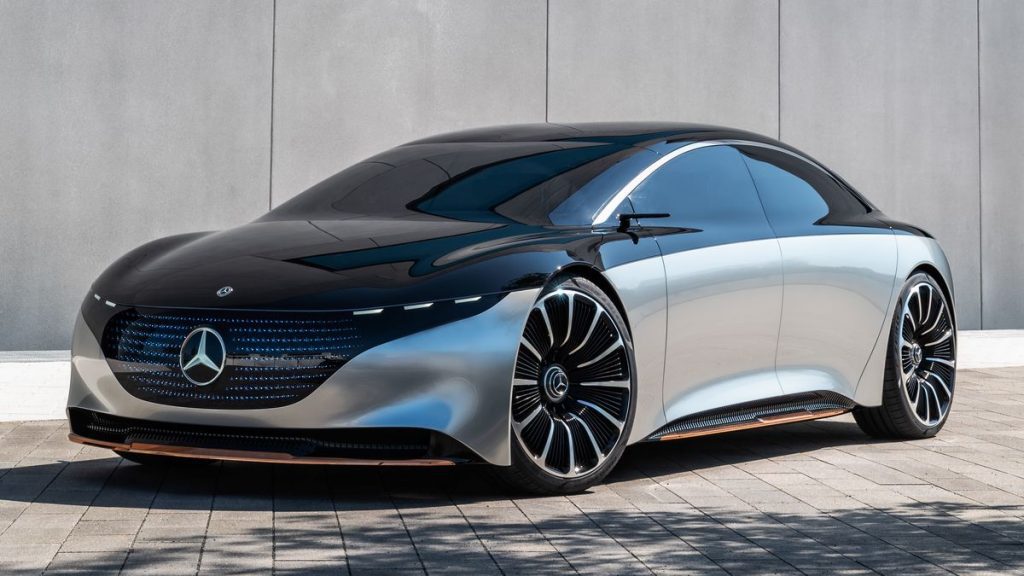Table of Contents
The race to decarbonize aviation is heating up, and one company is soaring ahead of the rest — ZeroAvia. With its cutting-edge hydrogen-electric propulsion systems, this clean aviation startup is reshaping the way we think about air travel.
By offering a zero-emission alternative to traditional jet fuel, ZeroAvia is making it possible for planes to fly cleaner, quieter, and greener.

One of the company’s most promising steps forward? A powerful partnership with Alaska Airlines, aimed at developing the largest hydrogen-electric aircraft the world has ever seen. This isn’t just innovation for the sake of hype — it’s a bold move toward a net-zero aviation future.
ZeroAvia’s Mission: Clean Flight for a Cleaner Planet
Founded with a clear vision of zero-emission flight, ZeroAvia is focused on replacing polluting jet engines with hydrogen-electric propulsion systems. These engines use fuel cells to convert hydrogen into electricity, which then powers electric motors to spin the aircraft’s propellers — all without burning a single drop of fossil fuel.

The goal? To make sustainable regional flight commercially viable — and not just in the distant future, but in this decade.
Hydrogen-Electric Propulsion: What Makes It Game-Changing?
ZeroAvia’s propulsion system is built on three key components:
- A multi-megawatt modular electric motor system
- High-temperature PEM fuel cells
- Advanced power electronics
Together, they enable the development of large, powerful engines capable of flying 40–80 seat regional aircraft, such as the Bombardier Q400. The certifiable ZA2000 powertrain delivers the energy density required for real-world, scalable zero-emission aviation.
This isn’t lab-only theory — it’s been brought to life through rigorous testing, including ZeroAvia’s 15-ton HyperTruck ground test rig, which successfully demonstrated the electric motor system in action.
The Alaska Airlines Collaboration
One of ZeroAvia’s most exciting breakthroughs came in the form of a high-profile partnership with Alaska Airlines and its regional carrier, Horizon Air. During a recent event at ZeroAvia’s Paine Field research and development site, Horizon Air formally handed over a 76-seat Bombardier Q400 aircraft to be retrofitted with a hydrogen-electric powertrain.
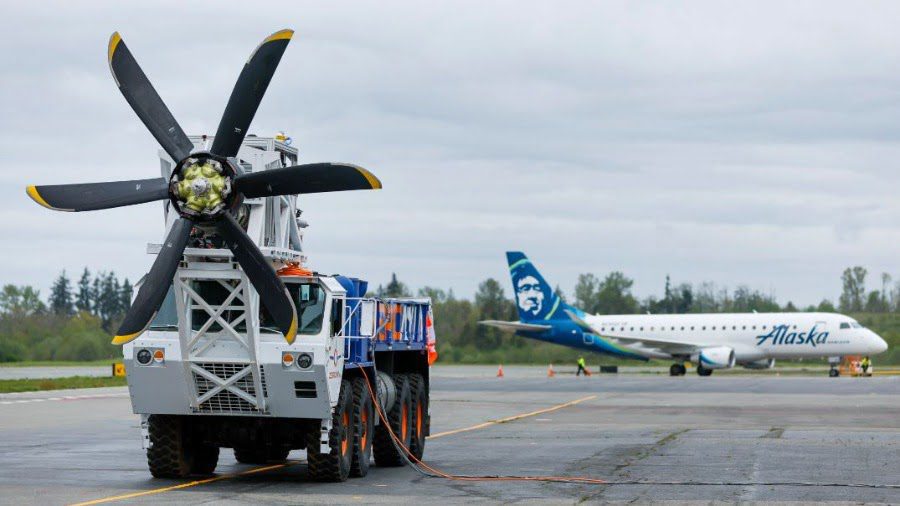
This move marks a key milestone in the company’s journey to build the world’s largest zero-emission, hydrogen-electric aircraft.
The aircraft even received a custom livery, symbolizing the shared mission between Alaska Airlines and ZeroAvia: to lead the transformation of aviation toward sustainability.
Collaborations That Matter
ZeroAvia’s progress isn’t happening in isolation. The company has formed an engineering partnership with De Havilland of Canada, the original manufacturer of the Dash 8 aircraft family, to accelerate the development process.
By combining airframe expertise with advanced propulsion systems, ZeroAvia is working to ensure that the technology isn’t just innovative — it’s practical, certifiable, and ready for commercial deployment.
Val Miftakhov, founder and CEO of ZeroAvia, captured the excitement around the partnership:
“Demonstrating this size of aircraft in flight, powered entirely by novel propulsion, would have been unthinkable a few years ago. Launching this program puts us on track for a test flight next year and accelerates our progress toward the future of zero-emission flight — for Alaska Airlines and the world at large.”
Ben Minicucci, CEO of Alaska Airlines, shared a similar vision:
“This is a great step forward in aviation innovation, to help create a new future of flight – right here at home. Alaska Airlines has defined a five-part journey to achieve net-zero carbon emissions, but we can’t get there alone. We’re thrilled to partner with industry leader ZeroAvia to make new zero-emissions options a reality.”
ZeroAvia is gearing up for test flights of the Q400 equipped with the ZA2000 hydrogen-electric engine — a significant leap forward in proving that sustainable flight can scale. As more airlines begin to prioritize emissions reductions, ZeroAvia is positioning itself as the go-to powertrain partner for the next generation of green regional aircraft.
The company’s roadmap includes certifying its powertrains, expanding partnerships with global carriers, and continuing to evolve the tech to support even larger aircraft in the future.
A Greener Sky Is Within Reach
ZeroAvia’s work is more than just innovative — it’s essential. The aviation industry currently accounts for nearly 3% of global emissions, and reducing that impact will require bold moves and radical new technologies.
By delivering hydrogen-electric solutions that work at scale, ZeroAvia is proving that sustainable aviation isn’t a far-off dream — it’s already taking flight.


